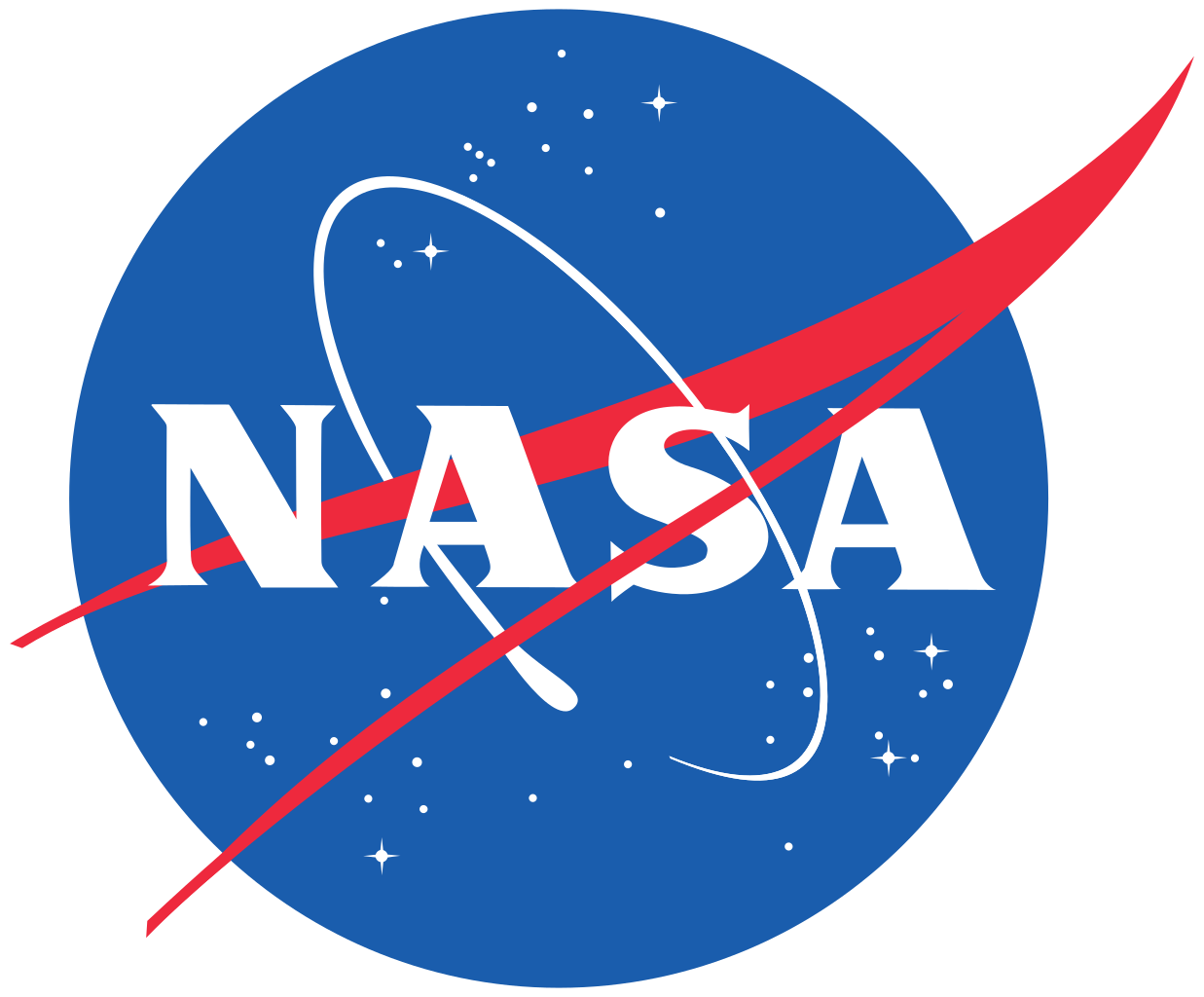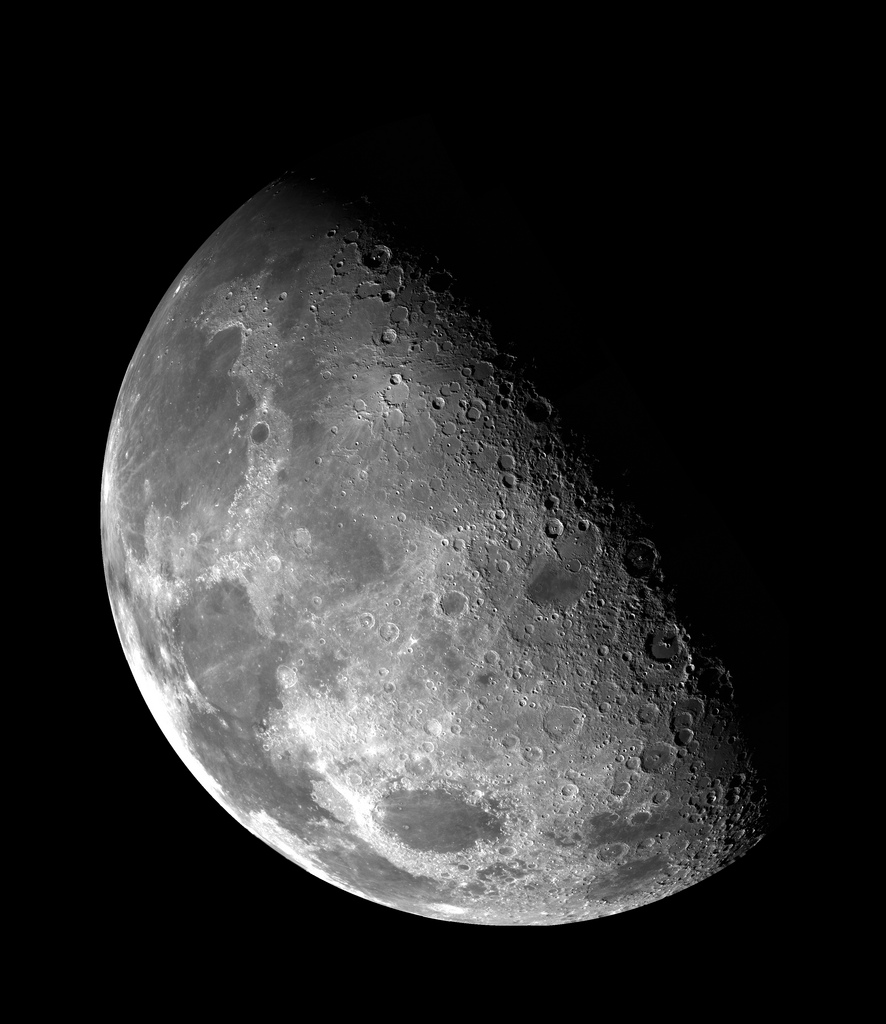NASA Administrator Jim Bridenstine has plans to expand our understanding of the moon using the ice on its surface. What makes these plans special though, is the fact that it is “sustainable” exploration, according to Bridenstine.
The presence of water, that is the ice, opens up more opportunity for direct personal exploration. Water is valuable for drinking but can also be used to create rocket fuel, which holds potential for longer, more educational stays out in space.
The discovery of this water was made through the work of an Indian spacecraft in lunar orbit. Bridenstine says there are ‘hundreds of billions of tons” of water ice available now on the moon. Despite this claim, some scientists are still questioning just how much is present, as NASA scientist Sarah Noble said in an interview that it is unknown how much water ice is present, as is the difficulty of reaching the water ice for practical use.
The water on the moon is also in very secluded areas, spots that are dark and near the moon’s poles, where the temperature does not go above negative 250 degrees Fahrenheit. It is in the moon’s most challenging places to reach.
Bridenstine said in an interview that NASA wants to make the option to travel back and forth between a space station and the moon to study available with vehicles that can be used on the moon time and time again. The last time NASA was active in moon exploration was 1972.
 President Donald Trump stated last December that he would like to see American astronauts go back to the moon, with the goal of developing “a foundation for an eventual mission to Mars.”
President Donald Trump stated last December that he would like to see American astronauts go back to the moon, with the goal of developing “a foundation for an eventual mission to Mars.”
The Trump administration has a $19.9 billion budget proposal for NASA beginning October 1. Ten and a half billion dollars of that budget are for human space exploration.
That is a significant amount of money for any nation but especially our nation, which currently possesses a deficit around $833 billion. Many are not standing behind this idea due to its risk factor and cost.
I would say, too, that this is significantly too risky to partake in. Personally, anytime the government wants to give money to a government agency when there are plenty of perfectly good private businesses who can handle the job, I have a problem.
Give almost twenty billion taxpayer dollars to a space program that is no more capable than a private business, who will pay for it all, might I add? Why not support private businesses like SpaceX and let them call the shots, take the credit and own rights to their discoveries?
By taking a capitalist approach to the situation showing SpaceX and other private companies like it that there is a demand for more space exploration we, 1: improve the financial aspect of the situation by not using government money and 2: ensure that there really is a demand for it.
If, for example, only President Trump thinks space education is important along with only 20 percent of citizens, why should we allow our government to put billions and billions of our hard earned money into these programs, when SpaceX will do it on their own dime and create more jobs in the process saving us money?
Is a capitalist approach the right call? If you ask me, it’s the answer to every question. Until though we begin to see how the government interacts with NASA in this area we won’t know for sure if we wasted all that money or if it was all worth it in the end. The budget is up to vote soon and it is then when we will find out how much money the government will put into NASA.
Kelsey Fitzpatrick
Staff Writer

